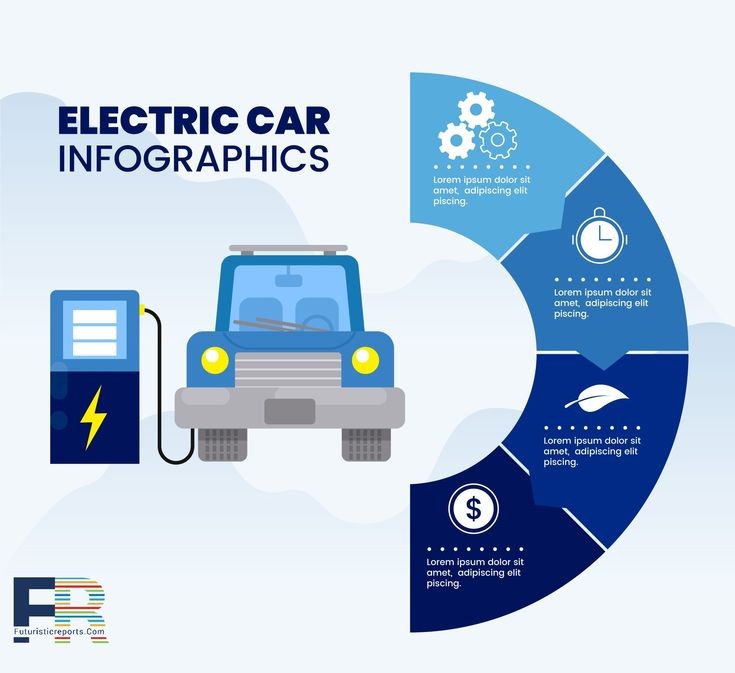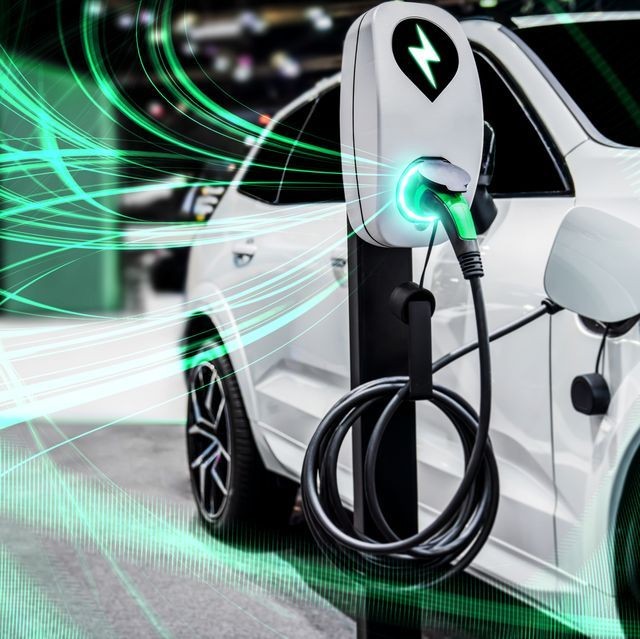Electric vehicles (EVs) present a host of advantages over traditional fossil fuel-powered cars. They produce no tailpipe emissions, eliminate the necessity for toxic motor oils and lubricants, boast efficient driving systems, and operate quietly, making them an environmentally friendly option. At the heart of these ecological benefits are the batteries, predominantly lithium-ion varieties. These batteries allow for numerous charging and discharging cycles without emitting harmful air pollutants.
Typically, lithium-ion batteries in cars last between 7 to 8 years, with the potential to last up to a decade depending on how they are used. Among the different types of lithium-ion batteries, Lithium Ferro Phosphate (LFP), Lithium Nickel Manganese Cobalt Oxide (NMC), and Lithium Nickel Cobalt Aluminium Oxide (NCA) are the most prevalent in electric vehicles.

In India, the shift towards EVs is gaining momentum, driven by increasing concerns about air quality and the economic implications of crude oil imports. Major automotive players like Maruti Suzuki India, Tata Motors, and Mahindra are leading the charge in producing electric cars. The sales figures for EVs in India have skyrocketed, showing a staggering 130.45% increase from the 2022-2023 to the 2023-2024 fiscal year across various vehicle segments.
This surge in EV production is also prompting the growth of local battery cell manufacturing to lessen dependence on imports. Companies such as Ola, Tata Group, and Log9 are preparing to enter the battery cell manufacturing arena in India. To facilitate this swift transition to electric vehicles, a robust recycling infrastructure is crucial. Recycling batteries can help mitigate reliance on problematic foreign sources for vital battery materials and strengthen supply chain security.
The Indian recycling industry is seeing a surge in interest from startups aiming to tap into the growing demand, particularly with the impending retirement of the first wave of EV batteries. Leading recyclers in India have the capacity to handle anywhere from 2000 to 10,000 tonnes of batteries annually.
With the market on the rise, recycling firms are expanding operations both locally and globally to gear up for the expected surge in recycling volumes over the next decade. Currently, India’s battery recycling capacity sits at 44,000 tonnes as of July 2024, with about 10,000 tonnes allocated for pre-processing like shredding, equivalent to just over 2 GWh. According to projections by NITI Aayog, the demand for new batteries will lead to a recycling volume of 128 GWh by 2030, with roughly 46% stemming from EVs. To meet this demand, India’s lithium battery recycling capacity must see a significant boost in the coming years.
India’s strategies for EV battery recycling are centered on reducing reliance on imports and addressing environmental issues. Programs such as the Production-Linked Incentive (PLI) scheme for advanced chemistry cells promote local production, while repurposing retired EV batteries for various uses helps cut down on the necessity for new ones.
The Battery Waste Management Rules (BWMR) 2022 mandate Extended Producer Responsibility (EPR) and tracking systems, which is a positive move, though it lacks specific policies focused on LIBs and stringent enforcement measures. Strengthening standards and regulations would enhance recycling endeavors.
The battery recycling landscape poses both challenges and exciting prospects for innovation. An unorganized sector dominates, leading to safety and environmental hazards. Managing data, asset tracking, and ensuring safe transportation are key concerns. Fluctuating metal prices complicate matters, making profit margins uncertain. To run lithium-ion facilities effectively, operations must be large-scale. An average plant needs investments of Rs 220 to 240 crores for a capacity of 18,000 metric tonnes.
New technologies offer cost reductions, but significant investments are still required. Opportunities lie in developing formal sectors, enhancing data tools, and setting safety standards. Investing in indigenous technology and research collaborations can drive progress. Guidelines like Extended Producer Responsibility (EPR) and battery design can boost sustainability.
India’s current recycling capacity falls short of the upcoming EV battery surge, but there’s promise. Strengthening regulations, fostering a formal sector, and embracing technology are vital for a sustainable ecosystem. Everyone – from policymakers to waste collectors – must join forces to address the challenge of waste batteries.
Uses for Retired EV Batteries
Even after electric vehicle (EV) batteries are no longer suitable for automotive use, they still retain a significant amount of their capacity. This creates opportunities to repurpose these batteries for various applications, extending their lifespan and delaying the need for full recycling.
Residential and Commercial Energy Storage: Decommissioned EV batteries can be converted into stationary energy storage solutions for homes and businesses. These systems can store energy from solar panels or the grid, providing backup power during outages and reducing reliance on peak electricity from the grid.
Supporting the Grid: Second-life EV batteries can play a vital role in large-scale energy storage systems that improve the stability of the electrical grid. They help integrate renewable energy sources like solar and wind, which can vary in availability.
Industrial Applications: Repurposed EV batteries can also power industrial machinery, such as forklifts and other material handling equipment. They can also serve as backup power sources for industrial operations.
Economic Benefits of Battery Recycling
A thriving battery recycling industry can bring significant economic advantages to India. Here are some key benefits:
Job Creation: The battery recycling sector has the potential to create numerous jobs in areas like collection, transportation, processing, and manufacturing. According to a report by the International Renewable Energy Agency (IRENA), the lithium-ion battery recycling industry could create as many as 12 million jobs worldwide by 2030.
Reduced Dependence on Raw Materials: Recycling lithium-ion batteries can reduce India’s reliance on imported raw materials such as lithium, cobalt, and nickel. This shift can enhance India’s energy security and mitigate the environmental impact of battery production.
Manufacturing Growth: A robust domestic battery recycling industry can bolster the expansion of India’s manufacturing sector. Recycled materials from batteries can be utilized to create new batteries, fostering a circular economy.

Applications for Retired EV Batteries
Even when electric vehicle (EV) batteries reach the end of their automotive life, they still hold a considerable amount of usable capacity. This opens up a range of possibilities for repurposing these batteries, allowing for extended use and postponing the need for complete recycling.
Home and Business Energy Storage: Decommissioned EV batteries can be transformed into stationary energy storage systems for residential and commercial use. These setups can capture energy from solar panels or the grid, offering backup power during outages and decreasing dependence on peak grid electricity.
Enhancing Grid Stability: Second-life EV batteries can significantly contribute to large-scale energy storage solutions that bolster the stability of the electrical grid. They facilitate the integration of renewable energy sources like solar and wind, which can be inconsistent.
Industrial Uses: Repurposed EV batteries can also be utilized to power industrial equipment, including forklifts and other material handling machines. Additionally, they can act as backup power sources for various industrial processes.










